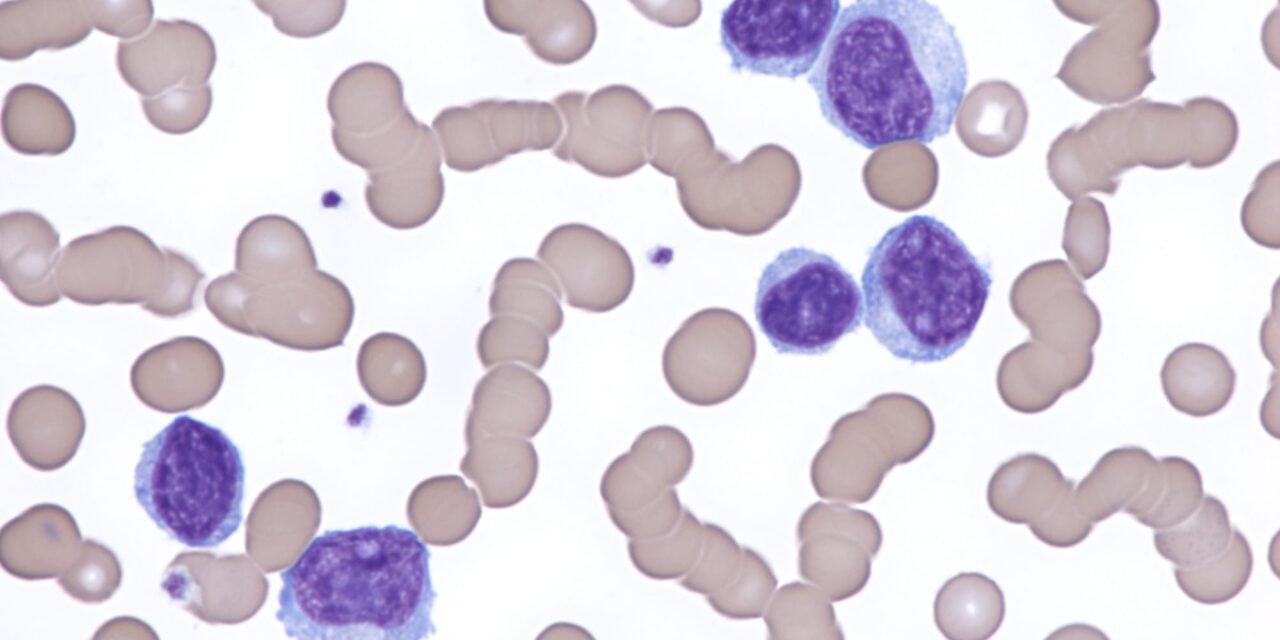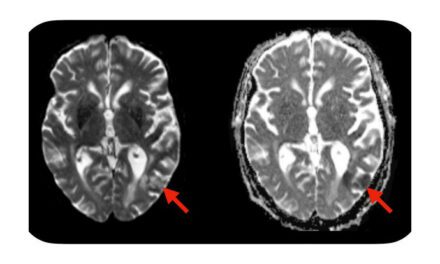Pooled analysis of 137 patients shows the assay achieved 86% sensitivity and 91% specificity for relapse detection in large B-cell lymphoma, leading to NCCN guideline inclusion.
Foresight Diagnostics has published results from a pooled analysis demonstrating that its ultrasensitive circulating tumor DNA minimal residual disease (ctDNA-MRD) test provides superior prognostic accuracy compared to PET/CT imaging in large B-cell lymphoma patients.
The study, published in the Journal of Clinical Oncology, analyzed data from five prospective clinical studies involving 137 patients treated with curative-intent chemotherapy. Researchers used the Foresight CLARITY assay, which leverages PhasED-Seq technology capable of detecting fewer than one mutant molecule per million.
At end of therapy, 78% of patients were MRD-negative and achieved a 2-year progression-free survival rate of 97%, compared to just 29% among MRD-positive patients. The ctDNA-MRD assessment showed a hazard ratio of 28.7, significantly outperforming PET/CT’s hazard ratio of 3.6 for the same endpoint.
“These findings highlight the clinical value of achieving ctDNA-MRD negativity at the end of treatment and underscore the limitations of relying solely on PET/CT for remission assessment,” says Dr David Kurtz, chief medical officer at Foresight Diagnostics and co-author on the analysis, in a release.
Early Detection Capabilities
The assay demonstrated prognostic value as early as after two cycles of frontline chemotherapy. Patients with undetectable MRD after two cycles achieved 96% 2-year progression-free survival compared to 67% for patients with detectable MRD.
MRD status further stratified risk within both PET-negative and PET-positive groups at end of therapy. Patients with detectable MRD faced higher relapse risk even with negative imaging, while PET-positive patients with undetectable MRD had significantly better outcomes than those with both positive imaging and MRD results.
Overall, Foresight CLARITY demonstrated 86% clinical sensitivity for relapse detection and 91% clinical specificity for remission at end of therapy, based on a median follow-up of 37 months.
Clinical Implementation and Guidelines
The results supported Foresight’s clinical recommendations to the National Comprehensive Cancer Network (NCCN), leading to the December 2024 update of NCCN Clinical Practice Guidelines for B-Cell Lymphomas. The updated guidelines incorporated ctDNA-MRD testing as a tool to adjudicate PET-positive end-of-therapy scans.
“Our study illustrates the potential of ctDNA-MRD detection to more precisely define remission in B-cell lymphoma,” says Dr Mark Roschewski, senior clinician and deputy branch chief of the Lymphoid Malignancies Branch at the Center for Cancer Research and lead author of the publication, in a release.
Multiple ongoing trials are evaluating ctDNA-guided treatment decisions in B-cell lymphoma, including the ALPHA3 trial enrolling patients who achieve remission following frontline treatment but retain detectable ctDNA-MRD, and the SHORTEN-ctDNA study evaluating early ctDNA-MRD clearance as a potential marker to support frontline chemotherapy de-escalation.
The Boulder, Colorado-based company operates as a CLIA-registered laboratory, offering its liquid biopsy platform for minimal residual disease detection in both solid tumor and hematologic malignancies.
ID 284362540 | Medical © Rafael Fores | Dreamstime.com





